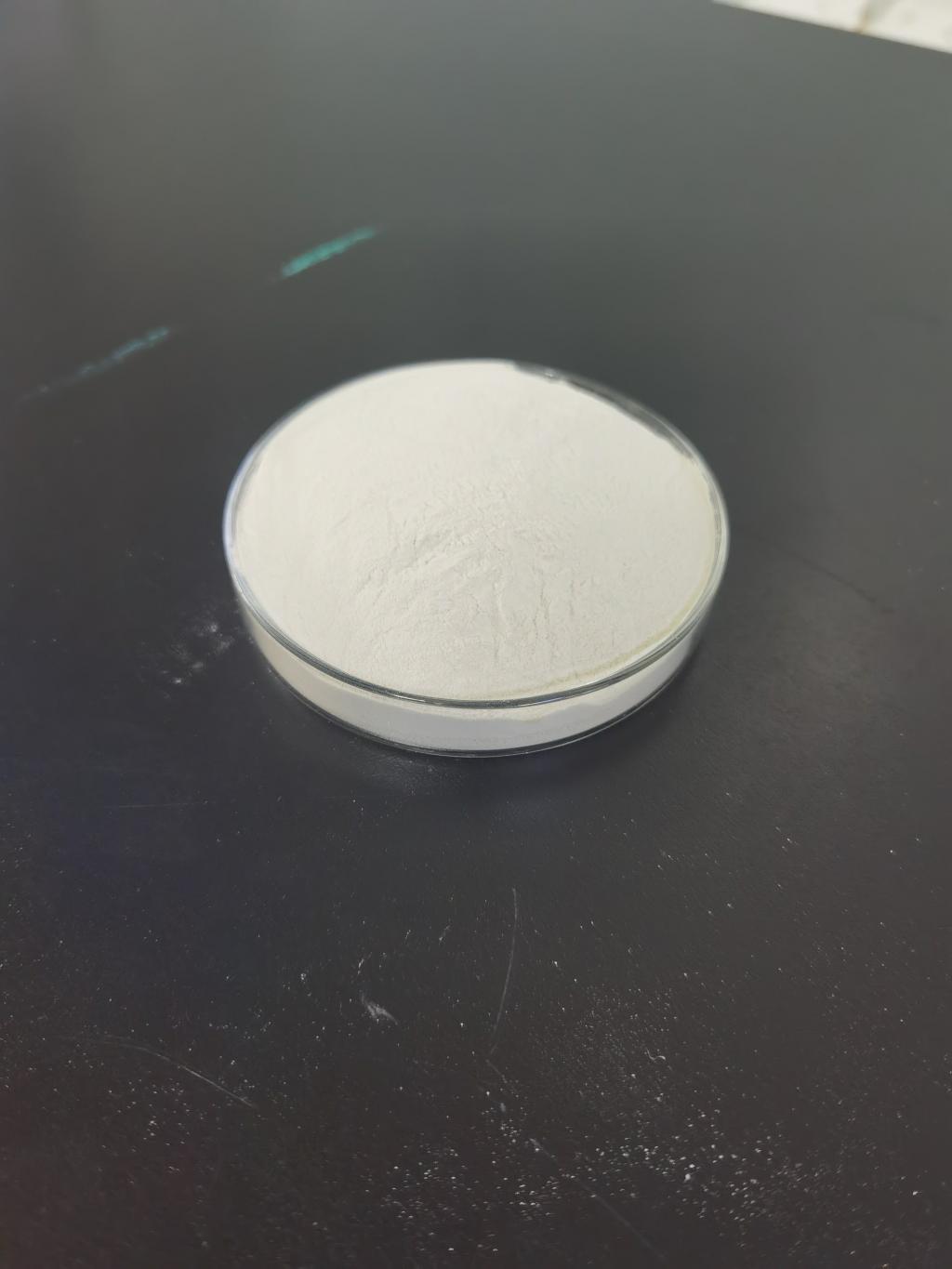Tel:0086 18231198596

News
Exploring Nisin's role in cancer therapy.
TIME:2024-05-16
Mechanisms of Action:
While the precise mechanisms underlying nisin's anticancer effects are not fully elucidated, several mechanisms have been proposed based on preclinical studies. These include:
Disruption of Cell Membrane Integrity: Similar to its antimicrobial action, nisin may disrupt the integrity of cancer cell membranes, leading to cell lysis and death. This mechanism is hypothesized to be mediated by nisin's interaction with lipid II and subsequent pore formation in the cell membrane.
Induction of Apoptosis: Nisin has been shown to induce programmed cell death, or apoptosis, in cancer cells through various pathways, including activation of caspases, modulation of Bcl-2 family proteins, and generation of reactive oxygen species (ROS). These apoptotic pathways contribute to the selective elimination of cancer cells while sparing normal cells.
Inhibition of Cell Proliferation and Migration: Nisin has been reported to suppress cancer cell proliferation and migration by interfering with signaling pathways involved in cell cycle regulation, cell growth, and metastasis. These effects may be mediated by its interaction with cell surface receptors or intracellular signaling molecules.
Preclinical Evidence:
Preclinical studies investigating nisin's anticancer effects have shown promising results in various cancer models, including:
Breast Cancer: Nisin has demonstrated inhibitory effects on breast cancer cell proliferation, migration, and invasion in vitro, as well as suppression of tumor growth in mouse xenograft models.
Colorectal Cancer: Nisin has been shown to induce apoptosis and inhibit proliferation of colorectal cancer cells, both in vitro and in vivo, suggesting its potential as a therapeutic agent for colorectal cancer treatment.
Prostate Cancer: Nisin treatment has been associated with decreased viability and migration of prostate cancer cells, as well as inhibition of tumor growth in animal models of prostate cancer.
Future Directions:
While preclinical studies have provided valuable insights into nisin's anticancer properties, several challenges and opportunities remain in translating these findings into clinical applications. Future research directions may include:
Elucidating Molecular Mechanisms: Further investigation is needed to fully understand the molecular mechanisms underlying nisin's anticancer effects, including its interaction with cancer cell signaling pathways and immune responses.
Optimization of Formulation and Delivery: Strategies for enhancing nisin's stability, bioavailability, and tumor-targeting specificity are essential for its successful translation into clinical use.
Clinical Evaluation: Clinical trials are needed to evaluate the safety, efficacy, and pharmacokinetics of nisin-based therapies in cancer patients, with a focus on identifying optimal dosing regimens and patient populations.
Conclusion:
Nisin, a natural antimicrobial peptide, holds promise as a novel therapeutic agent in cancer therapy. Preclinical studies have demonstrated its potential to inhibit cancer cell proliferation, induce apoptosis, and suppress tumor growth in various cancer models. Further research is warranted to elucidate its mechanisms of action, optimize its formulation and delivery, and evaluate its clinical efficacy and safety. With continued investigation, nisin may emerge as a valuable addition to the armamentarium of anticancer therapies, offering new hope for cancer patients worldwide.

 CONTACT
CONTACT




